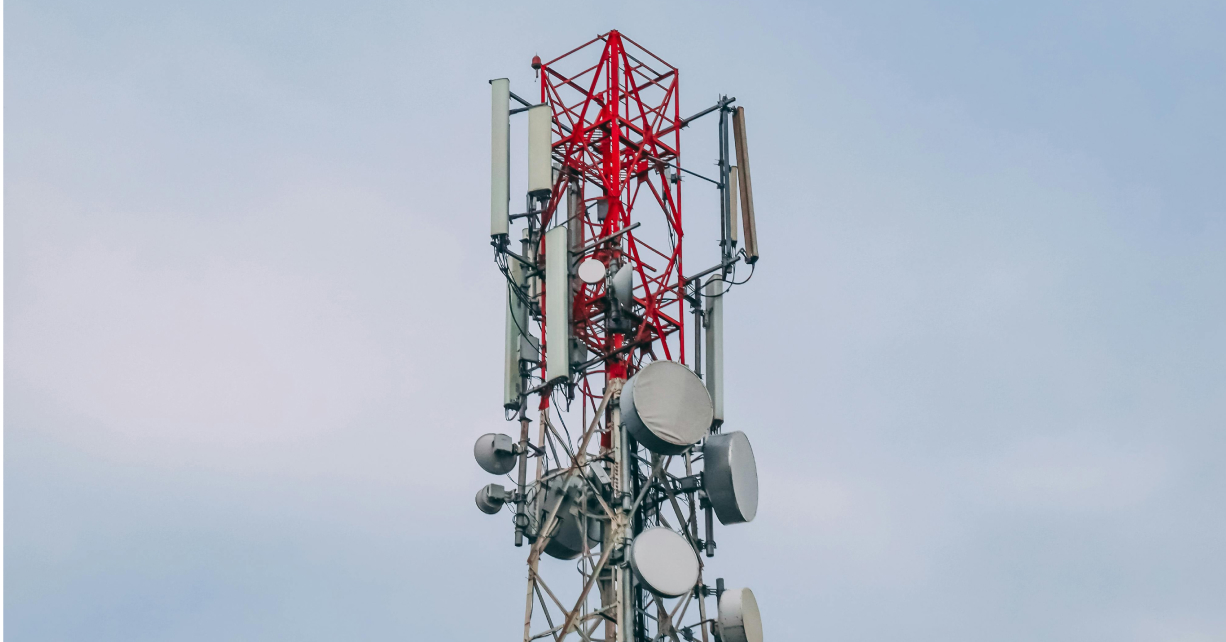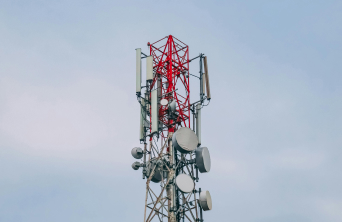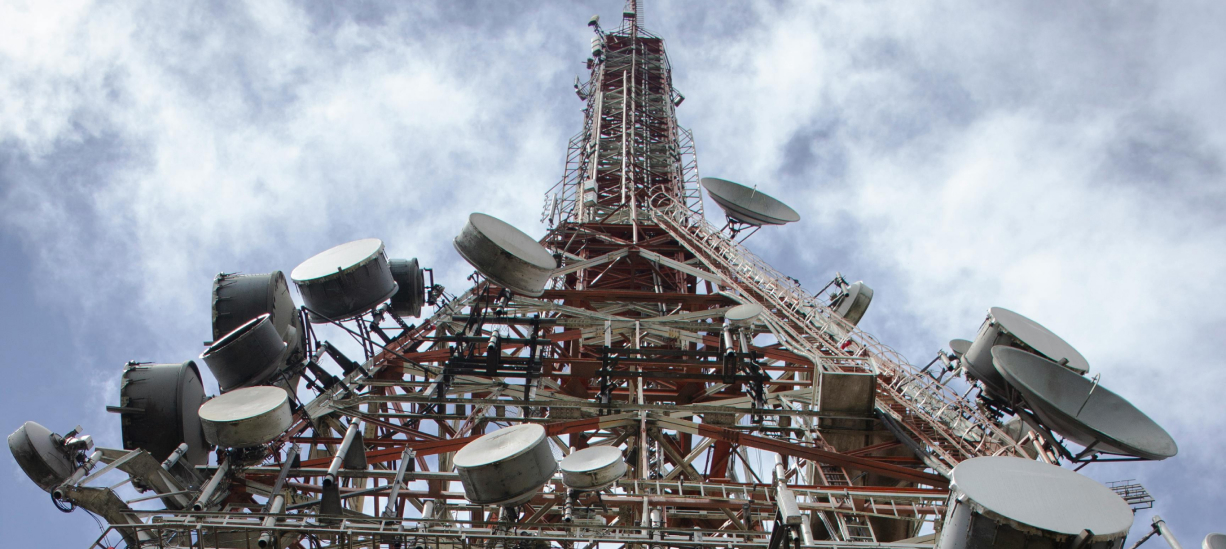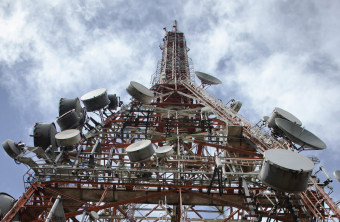

The Internet of Things (IoT) represents a transformative paradigm shift in the world of telecommunications, where billions of interconnected devices communicate and exchange data seamlessly. As IoT adoption continues to accelerate across industries and sectors, its impact on telecommunications is profound, reshaping network architectures, business models, and customer experiences. In this blog, we’ll delve into the intersection of IoT and telecommunications, exploring the transformative effects and future implications of this convergence.
Explosion of Connected Devices: The proliferation of IoT devices, ranging from smart appliances and wearables to industrial sensors and autonomous vehicles, is driving an unprecedented demand for connectivity. Telecommunications providers are tasked with delivering scalable, reliable, and low-latency connectivity to support the massive influx of IoT devices and applications, driving investment in next-generation network technologies such as 5G and edge computing.
Network Optimization and Efficiency: IoT places unique demands on telecommunications networks, requiring optimized infrastructure to handle diverse traffic patterns, stringent latency requirements, and varying device capabilities. Telecommunications providers are leveraging advanced analytics, machine learning, and automation to optimize network performance, allocate resources efficiently, and ensure seamless connectivity experiences for IoT devices and applications.
Industry 4.0 and Smart Manufacturing: IoT is driving the digital transformation of industries, enabling the automation, optimization, and connectivity of manufacturing processes through smart sensors, predictive maintenance, and real-time analytics. Telecommunications providers are partnering with industry stakeholders to deploy IoT solutions that enhance operational efficiency, reduce downtime, and enable new revenue streams through data-driven insights and value-added services.
Smart Cities and Urban Infrastructure: IoT plays a central role in the development of smart cities, where connected sensors, cameras, and devices monitor and optimize urban infrastructure, transportation systems, and public services. Telecommunications providers are collaborating with city planners and government agencies to deploy IoT solutions that improve traffic management, enhance public safety, and promote sustainability, driving economic growth and enhancing quality of life in urban environments.
Remote Monitoring and Healthcare: IoT enables remote monitoring and telehealth solutions that revolutionize healthcare delivery, allowing patients to receive personalized care outside of traditional healthcare settings. Telecommunications providers are partnering with healthcare organizations to deploy IoT-enabled devices that monitor vital signs, track medication adherence, and facilitate virtual consultations, improving patient outcomes and reducing healthcare costs.
Precision Agriculture and Smart Farming: IoT is transforming agriculture through precision farming techniques that optimize crop yields, reduce resource consumption, and mitigate environmental impact. Telecommunications providers are leveraging IoT sensors, drones, and analytics to collect real-time data on soil moisture, weather conditions, and crop health, enabling farmers to make data-driven decisions that enhance productivity and sustainability in agriculture.


Addressing Data Security and Privacy Concerns: With the proliferation of IoT devices and the vast amounts of data they generate, security and privacy have become paramount concerns for telecommunications providers and end-users alike. Ensuring the confidentiality, integrity, and availability of IoT data requires robust security measures, encryption protocols, and access controls to protect against cyber threats and unauthorized access. Telecommunications providers are investing in security solutions and standards to address these challenges and build trust in IoT deployments.
Navigating Regulatory Frameworks: The rapid growth of IoT presents complex regulatory challenges for telecommunications providers, as they navigate a patchwork of laws and regulations governing data privacy, cybersecurity, and spectrum allocation. Compliance with regulations such as the General Data Protection Regulation (GDPR) and the Federal Communications Commission (FCC) guidelines is essential to ensuring the lawful and ethical deployment of IoT solutions. Telecommunications providers must stay abreast of evolving regulatory requirements and industry standards to mitigate legal and reputational risks associated with non-compliance.
The convergence of IoT and telecommunications is reshaping the way we connect, communicate, and interact with the world around us. From redefining connectivity and transforming industries to enabling new use cases and applications, IoT is driving innovation, efficiency, and progress across sectors. As telecommunications providers continue to invest in next-generation networks and IoT capabilities, the possibilities for connectivity and collaboration are endless, paving the way for a smarter, more connected future. So let’s embrace the transformative potential of IoT and telecommunications and embark on a journey towards a world where connectivity knows no bounds and innovation knows no limits.